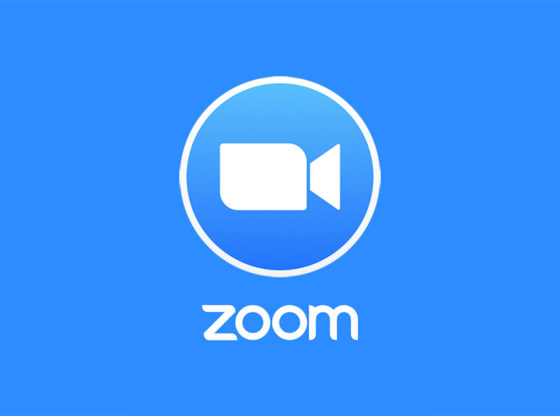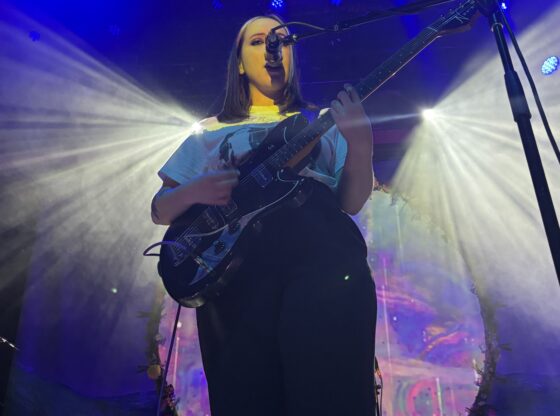The Leo Block Professorship, one of the University of Denver’s most prestigious awards, is traditionally awarded to one outstanding guest-professor each year–leave it to the art department to fly in the face of tradition.
Instead of following the traditional procedure of awarding the position to an individual, the department of Art and Art History will be hosting a series of lectures and workshops presented by four visiting artists over the course of the next few months.
“There are advantages to bringing in a number of guest lecturers,” said Annette Stott, director of the Department of Art and Art History. “You get different perspectives and different experiences, and it also allows the students to get greater exposure.”
The series of lectures and workshops titled “New Directions in Art” will focus on preparing DU students and staff to better critique, comment on and contribute to the increasingly visual culture that inundates our daily lives.
The lecturers will be performance artist Laurie Anderson, materials fabrication specialist William Kreysler, sculptor Daniel Platt and Michael Klein, curator of Microsoft’s corporate art collection. They will work to introduce students to new innovations in the arts, and new niches that are being created for the arts.
“I think it is interesting when you have a company as large as Microsoft, which is capable of collecting pretty much anything, and see what it does collect,” said Stott.
William Kreyselr and Daniel Platt presented the first of the series of lectures on “New Directions in Art” yesterday at a luncheon. The lecture focused primarily on the ways in which technology is informing the art of sculpture, a topic of primary interest to DU as the Art Department recently acquired 3-D laser scanner for use in sculpting.
While Platt himself may not be a household name, his images and sculptures are. Platt developed special effects for the film “Terminator 2,” as well as toys based on popular movies, comics and books like “Jurassic Park” and “Spawn.”
Platt, trained as a realist sculptor, shifted with the times and technology and currently sculpts almost exclusively in the digital, using scanners and computers to create the forms of his sculptures in the digital realm. He then uses plastics fabrication technology to make these forms tangible.
William Kreysler owns William Kreysler and Associates, a company that specializes in exactly that- the fabrication of fiber-reinforced plastics of all scales. He has worked with artists such as Claus Oldenberg and Cossje Van Bruggen, providing the technology to fabricate each artist’s sculptural vision.
Platt and Kreysler both spoke of the amazing power and ability that technology has lent to the art of sculpture. Kreysler even went so far as to predict a “renaissance” to be brought about by the art of 3-D scanning and modeling affecting everything from the arts to architecture and medicine.
Platt is presenting the next lecture in the series today in the Victoria H. Myrhen Gallery in the Shwayder Art Building. The lecture will be at 7:15 p.m. preceded by a reception at 6:30 p.m.
He will also be visiting art classes and working with students throughout the week.
The remaining Leo-Block lectures will be held in the coming months.











